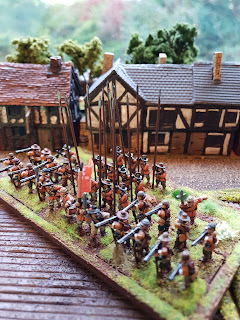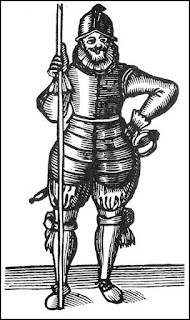Five Months Old

A quick thank you to everybody who has popped by to read my inane drivel / look at the pictures. Thank you too for the kind comments here, on forums and via e-mail. Much appreciated . Here's a selfie of me dictating this post to my blog assistant. This blog was meant to be a way of organising my thoughts and ideas, with the bonus that anyone else interested could share in my research / thoughts. So far in it's first five months just shy of 5000 page views, with two posts clocking up over 200 views each: Naseby Windmill, and Parliamentarian Foot (which staggeringly is only 8 days old). So I'm guessing one or two of you share my interest. If you enjoyed reading this, or any of the other posts, please consider supporting the blog. Thanks .










